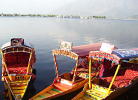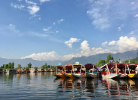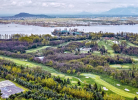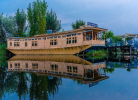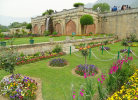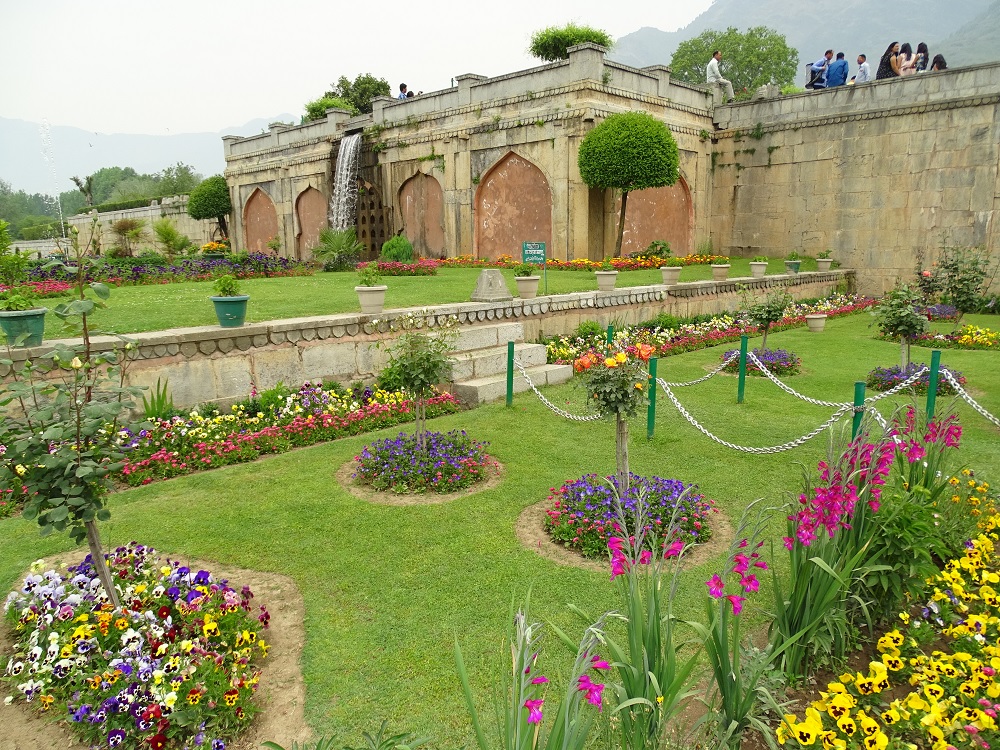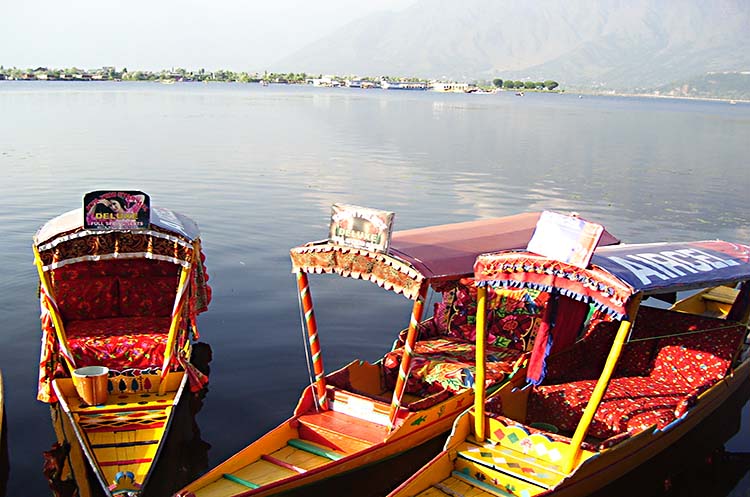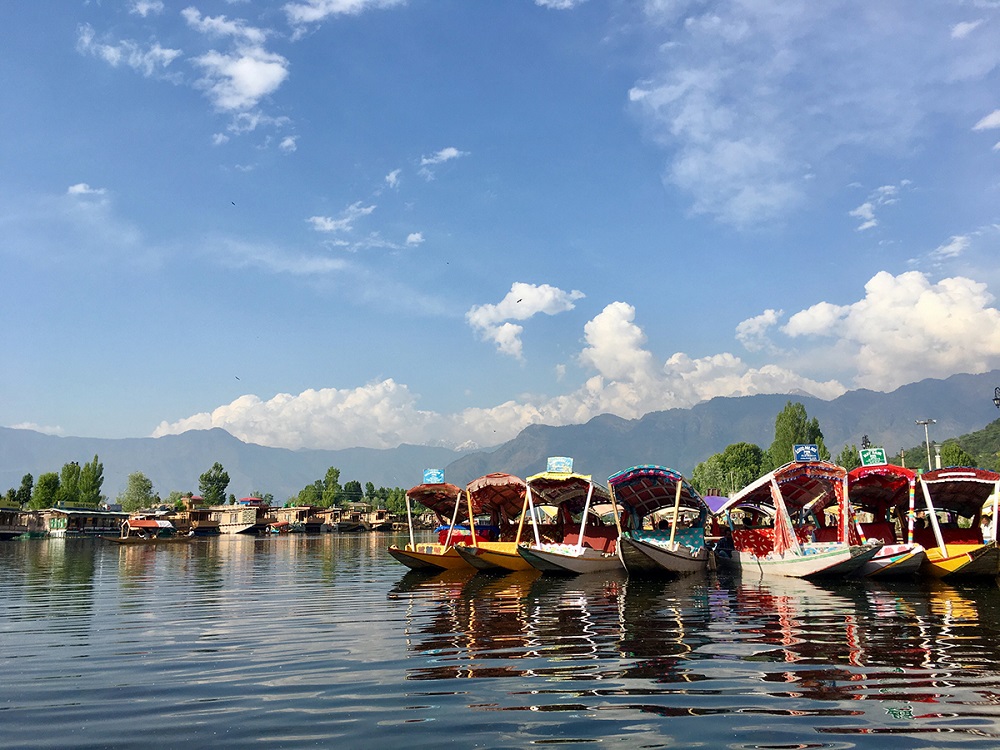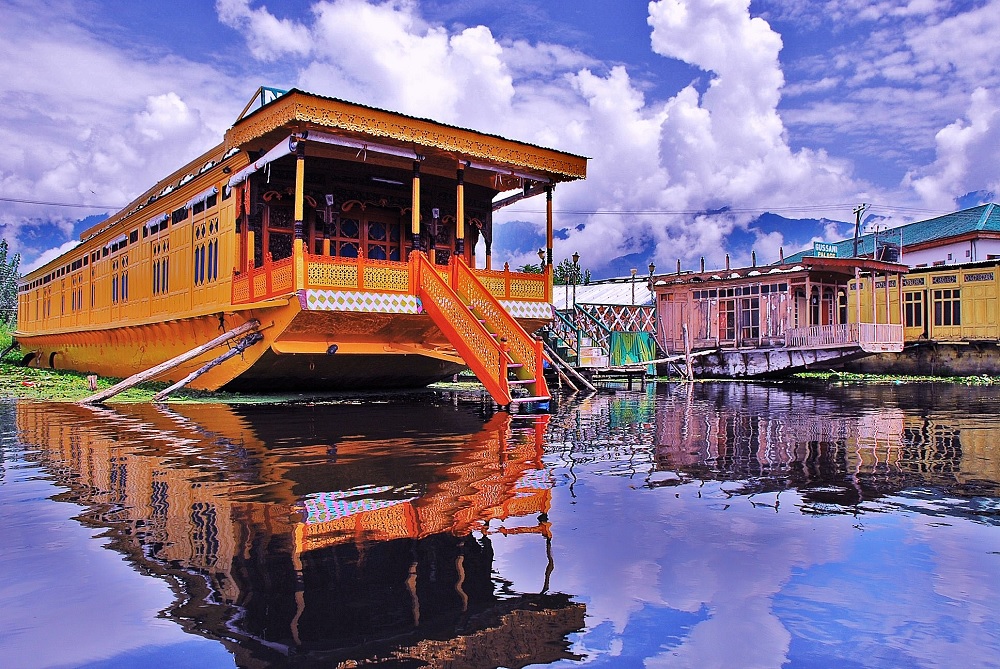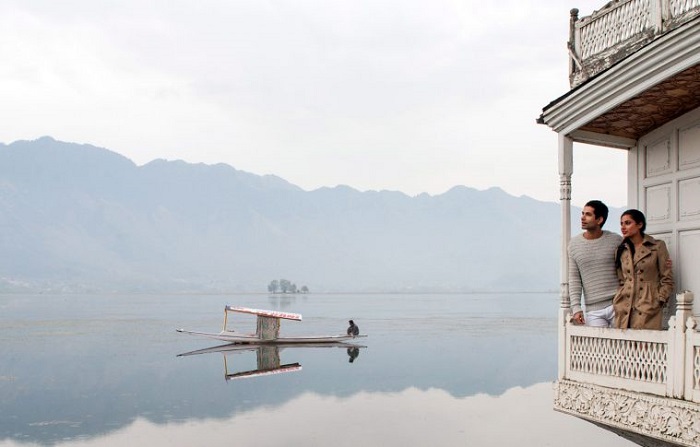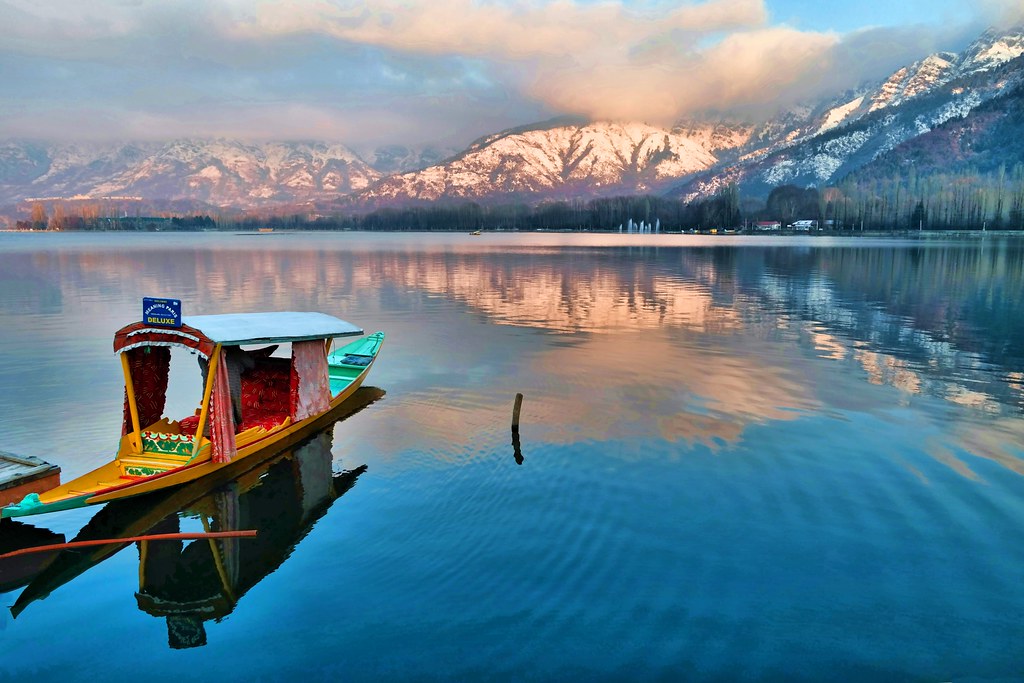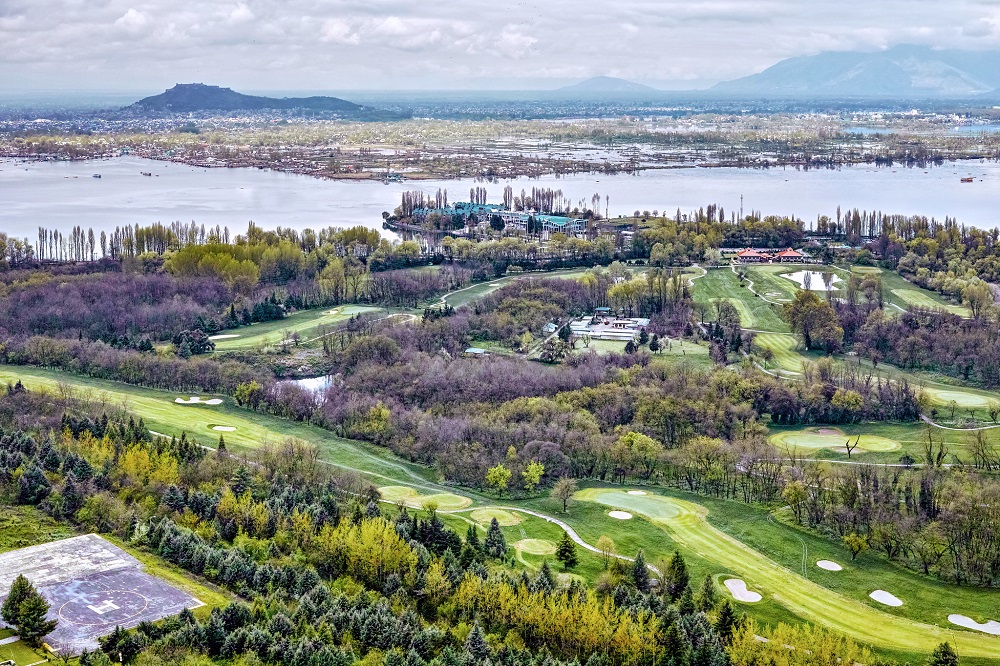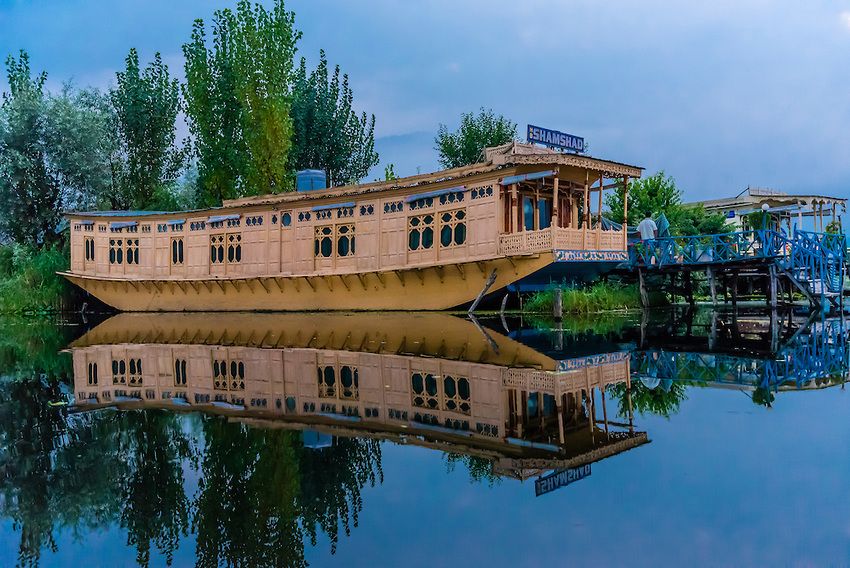20 Best Places to Visit in Srinagar
Srinagar is the crowning glory of Kashmir. Every scene invokes the feeling of being in a paradisiacal land as it stands true to its reputation of being a treat to all the senses. This place, being a muse for artists, has found mentions in popular culture. With lots of films being shot here, the Dal Lake and Jhelum make for an absolutely stunning backdrop. Think about the song "sochon ke jheelon ka sheher ho", it captures the essence of this city perfectly: how it heightens the senses and fills the air with romance!
Weather of this quaint hill station ranges from 38 degrees in the summer to below zero degree in peak winters. However, to help you with the best time for sightseeing, it will fall between the months of April and October (as you'll be able to visit the gardens in full bloom and all other attractions are easy to visit due to benevolent weather).
Here we bring to you a curation of 20 places to visit in Srinagar:
1. Dal Lake
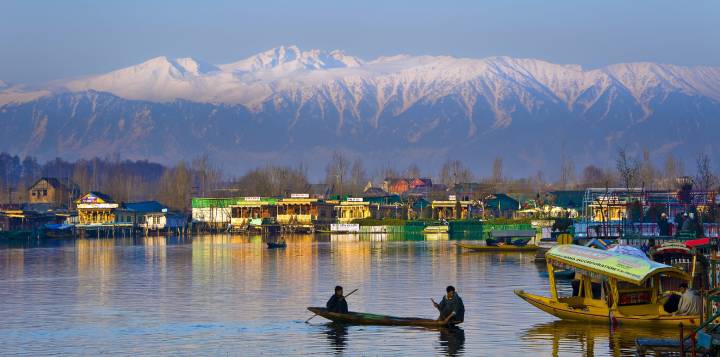
Dal lake is the most beautiful of all lakes in Srinagar city. It is lined with the famous Mughal gardens which were commissioned besides the lake to create a setting unparalleled, as Mughals sought to build a summer getaway for themselves. A glance will let you know that it is beauty personified as the lake glistens and shines while colourful shikaras float and ferry people over the calm waters (tip: take a ride for first hand experience). Some houseboats can also be seen with floating gardens which are maintained by native Kashmiris, although these were actually conceptualized by the Britishers.
Note : Spot the famous Char Chinar island having four splendid Chinar trees situated on the lake.
- Visiting Time : All days open (6:00 AM to 6:00 PM)
2. Nishat Bagh
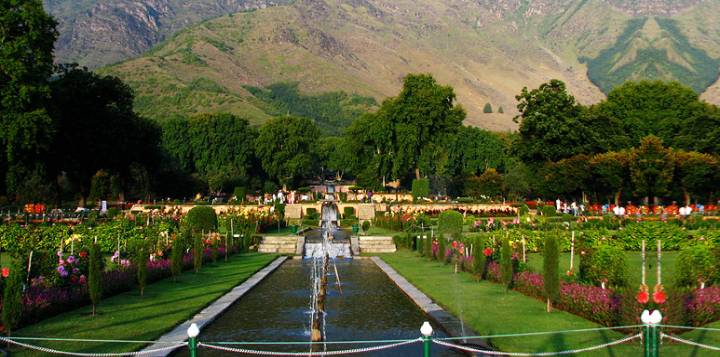
Of all the Mughal Gardens in Kashmir, the most striking one is Nishat Bagh. Literally translating to the Garden of Delight, it is typical of any Persian style terrace garden, elegantly manicured and lined with Chinar trees (but in rectangular shape to suit the mountainous terrain). 12 terraces represent the 12 astrological signs, each having fountains and pools to further increase its splendour. To trace its history, this garden was built by Asif Khan, the brother-in-law of emperor Jehangir.
- Entry Fee : Rs.10 per person
- Visiting Time : All days open (9:00 AM to 7:00 PM) except Friday
3. Hazratbal
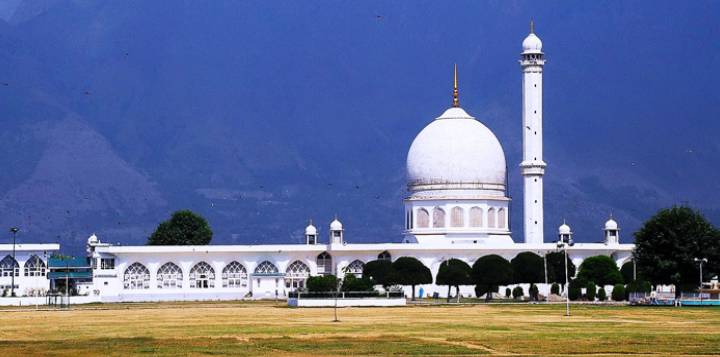
Situated in Hazratbal (on the Northern shore of Dal Lake) and named hence, it is a Muslim shrine regarded as the holiest one in Kashmir. It has earned the reputation because of an invaluable relic that it houses which is believed to be Prophet Muhammad's hair. The display of this antiquity is reserved for special occasions only (on the birthday of the Prophet and his 4 companions) and people gather at large to get a glimpse of it.
- All days open (9:30 AM to 5:30 PM)
4. Pari Mahal
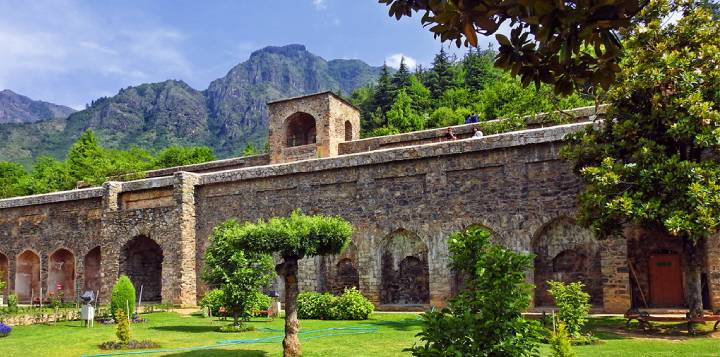
Literally translating to the castle of fairies, the garden gets its name because of its location. It is situated on the Zabarwan Mountain range and has seven terraces offering magnificent panoramic views of Srinagar city. Delving into its history tells us that the complex was originally built for housing Dara Shikoh, the son of Shah Jahan and included a library also for his personal use (explains the strategic location generally chosen for construction of forts).
- Entry Fee : Rs.10 per adult, Rs.5 per child
- Visiting Time : All days open (9:30 AM to 5:30 PM)
5. Shalimar Bagh
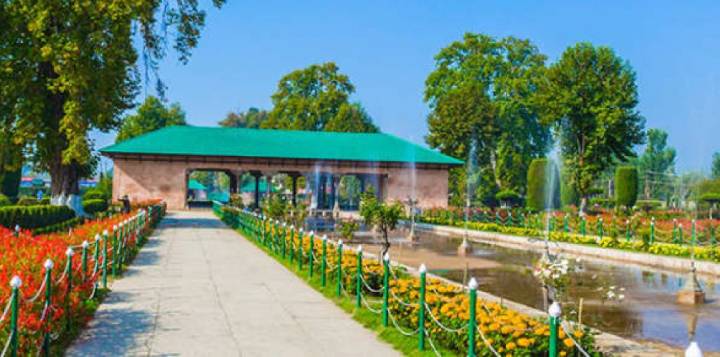
Standing as a testimony to the undying love of Jehangir for his empress Nur Jehan, the garden was built in 1619. It employs classic Persian style architecture: a square layout (later translated into rectangular shape) with a main water channel in the middle known as Shah Nahar. The garden has 3 terraces: first terrace being the public garden (Diwan-e-Aam), second one hosting noblemen and special guests (Diwan-e-Khas), and third one having zenana garden (for the ladies only) and guard rooms. An interesting fact about Shalimar Bagh is that 21 varieties of wild flowers were initially brought in from Gulnarg to be planted here by Jehangir.
- Entry Fee : Rs.10 per person
- Visting Time : All days open (9:00 AM to 7:00 PM) except Friday
6. Wular Lake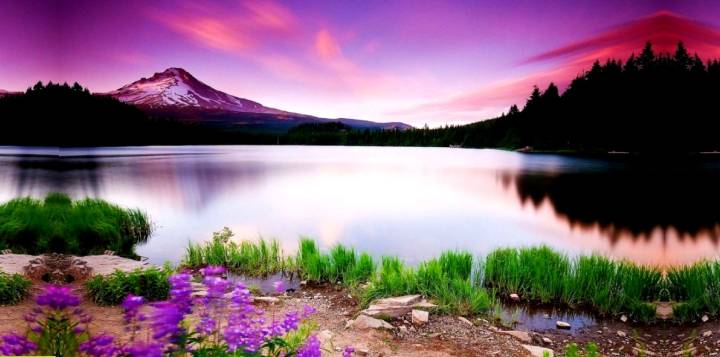
It is one of the largest freshwater lakes in the whole of Asia but it's size varies throughout the year due to change of seasons. The lake is flocked by migratory birds for a short period of time besides the terrestrial birds like Himalayan golden eagle, Himalayan monal, etc residing for most part of the year. Because it's a freshwater lake, it serves as an important source of income for locals. In the view of habitat displacement and excessive stress on the lake, conservation efforts are on here.
7. Shankarachrya Temple
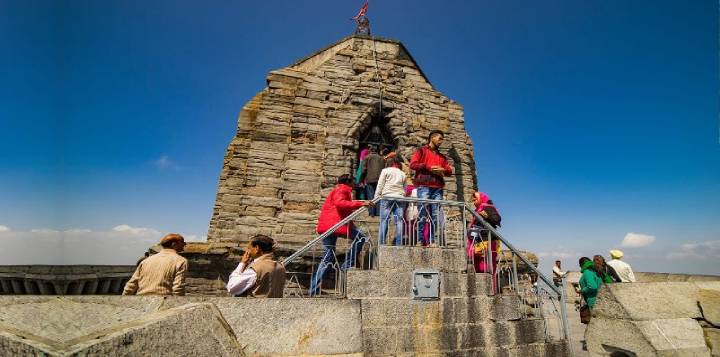
Dedicated to worship of the fiercest God in the Holy Hindu Trinity, Shiva, Shankaracharya temple is situated on the Zabarwan Mountain Range. The temple is believed to be built around 9AD and has seen several rounds of restoration by early rulers. The temple was graced by Adi Shankara's visit, that's why it got this name but several researchers have another theory that the temple was actually a Buddhist place of worship which was later turned into a Hindu place of worship by Adi Shankara, hence its name. Note: The temple is visited by devotees during the Amarnath Yatra, the holy pilgrimage for devotees of Lord Shiva.
- Visiting Time : All days open (8:00 AM to 5:00 PM)
8. Chashme Shahi
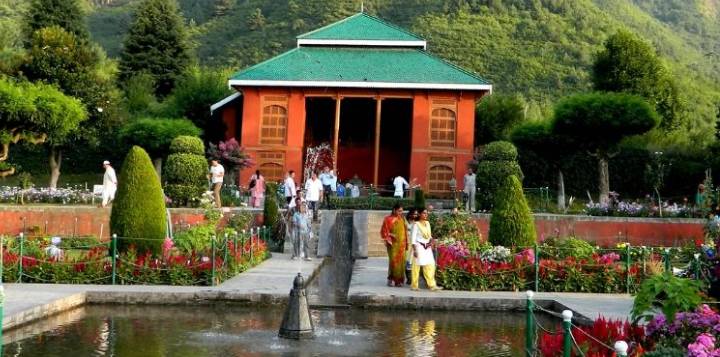
Urdu for "the royal spring" and intended to be a present for Dara Shikoh, Chashme Shahi, the garden was built by a governor of Shah Jahan's court on his king's orders around a freshwater spring. It is situated nearby the other two Mughal Gardens, Shalimar Bagh and Nishat Bagh and is the smallest of these three. Apart from the inclusion of typical features of Mughal gardens, the architecture has Iranian influences. The complex also has a two storey Kashmiri hut from where the spring originates: a quaint sight with mighty mountains in the background.
- Entry Fee : Rs.10 per person
- Visiting Timing : All days open (9:00 AM to 7:00 PM) except Friday
9. Jamia Masjid
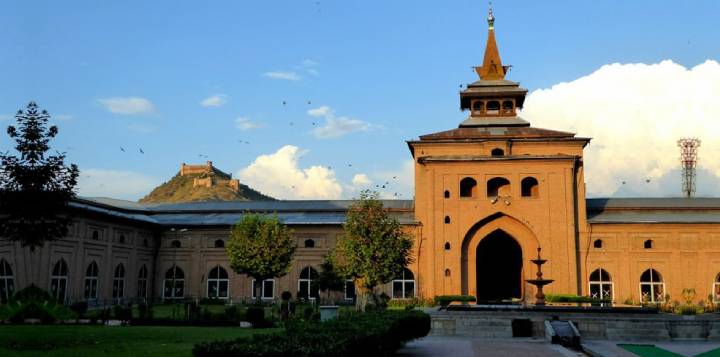
A regular for Friday prayers of the residents, Jamia Masjid is an equally popular tourist attraction standing in the Downtown area of Srinagar (to the north of Lal Chowk). The mosque was commissioned by Sikander Shah Miri, successor of Qutb-Ud-Din. Drawing from different architectural schools, the principal one used for constructing most of the features was Indo-Saracenic style. When standing inside, the Mosque offers a pleasing sight with Hari Parbat visible from within the courtyard.
- Visiting Timing : All days open (3:00 PM to 7:00 PM)
10. Verinag Garden
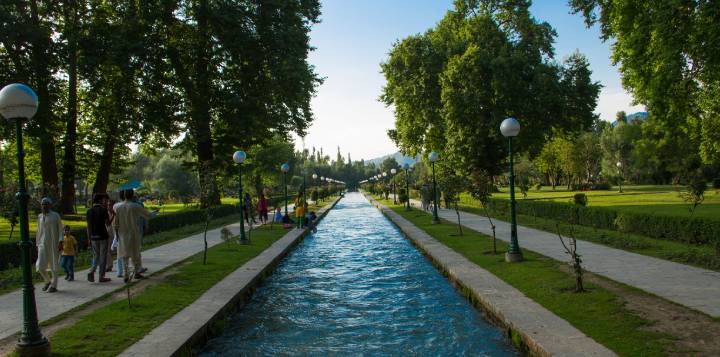
Verinag Garden quite literally stands as the welcoming host for people entering the Kashmir valley. This beautiful garden ornamented with flowers and trees displays the beauty of nature at its best during spring season. The garden has found mention in Jahangirnama where he describes how he explored the spring and thought of building a garden there. The emperor was said to have an eye for all things beautiful and here he was definitely betting on the right opportunity.
- Entry Fee : Rs.10 per person
- Visiting Time : All days open (9.30 AM to 5.30 PM)
11. SPS Museum
Established in 1898, Shri Pratap Singh Museum is located in the Lal Mandi region of Srinagar. The two building museum exhibits 80,000 articles of archaeological and historical importance from regions such as Baltistan, Giljit in addition to regions of North India and obviously Jammu and Kashmir. The museum is named after Shri Pratap Singh, who allowed for its construction on receiving a proposal. Such was the well planned execution that several experts were responsible for different phases of its establishment starting from collection, preservation to final exhibition.
- Entry Fee : Rs.10 for Indian Nationals, Rs.50 for Foreigners
- Visiting Timing : All days open (10:00 AM to 5:00 PM) except Monday
12. Lal Chowk
This city square has been the traditional place for political meetings in the valley and it has earned its importance due to several top national and state leaders addressing meetings here on important occasions. Not very old, a clock tower (made in 1980) stands right on the Chowk which lends it the look of a grand old man of rich experiences. The name Lal chowk (translating to the Red Square) was given by leftists, taking their inspiration from Russian revolution. Tip: Shop for local handicrafts made out of walnut wood here, Pashminas and other trinkets.
- Visiting Timing : All days open (9:30 AM to 8:00 PM)
13. Indira Gandhi Memorial Tulip Garden
India's former PM Indira Gandhi's hiraeth for Kashmir was locked away in her heart and this garden in Srinagar is a tribute to her undying longing as it was renamed changing the former Model Floriculture Center. Being the largest Tulip garden in Asia, it was opened just 13 years back, in 2007 and it has some typical features of Persian horticulture. It is a terraced garden with a variety of Tulips and other flowers like Hyacinths and Daffodils. To showcase its beauty in full bloom, the state government also holds an annual celebration here during spring season.
- Entry Fee : Rs.50 per adult, Rs.25 per child
- Visiting Timing : All days open (7:00 AM to 7:30 PM)
14. Holy Catholic Church
This Catholic Church was established 124 years ago by Father Winkley M.H.M. on Maulana Azad Road in Srinagar. It served as a Cathedral before 1986 but owing to the shifting of Curia to Jammu, it ceased to serve as one. It had English and Dutch priests till the early 1970s representing Saint Joseph's Society for Foreign Missions but thereafter was entrusted to the Capuchin Missionaries of Kerala. One interesting event in the modern history of the church is that a new church bell was installed in 2017 seeing spiritual leaders and people of Christian, Hindu, Muslim and Sikh faith come together for its inauguration and ringing.
15. Hari Parbat
Standing as a convergence point for Hindu, Muslim and Sikh faith, the hill has a temple, gurudwara and Muslim shrines situated atop it (on different sides). Legend has it that Goddess Parvati appeared here in the form of Myna to free the valley from demons Tsand and Mond. For this, she threw a pebble crushing them, which eventually grew into the hill as it is today. She is worshipped in the Sharika Temple situated here. The Muslim shrines of Akhund Mullah Shah and Hamza Makhdoom are sitting on the Southern slope and Gurdwara stands as a commemoration of the visitation of Guru Hargobind Singh. One more interesting feature of the hill is the Durrani fort overlooking the city (try local cuisine tasting here) and also the majestic Kathi Darwaza with ancient Persian inscriptions on it.
- Entry Fee : For entry in fort, pass from tourist department required
- Visiting Fee : Fort open all days (9:30 AM to 5:30 PM)
16. Nigeen Lake
Connected by a narrow strait with the Dal Lake, Nigeen Lake is another attraction to explore in Srinagar. With Hari Parbat in the background, it gives a more raw snapshot of the city. Check out the Nigeen club set up to attract more tourist traffic as it houses a swimming course, cafes, beautiful park, snooker place, etc. Sit in any of the rooftop restaurants for an evening of joy and romance.
- Visiting Timing : Open all days (7:00 AM to 8:00 PM)
17. Burzahom Archaeological site
Its name, in Kashmiri, refers to the vestiges of the burnt birch trees that were found here. The prehistoric site, which overlooks the Dal Lake two kilometers away, is known to have witnessed a neolithic settlement back in 2375 BC, thanks in large part to human skeletons found here belonging to several historic periods. Excavations have revealed semi-subterranean pit dwellings of the neolithic era, mud houses of the megalithic period, and burial spaces, apart from pots, animal skeletons, arrowheads, and other tools. The site is also home to interesting rock art that details how dogs were central to the lives of the Burzahomese, and often enjoyed burials next to their masters.
18. Jawaharlal Nehru Botanical Park
A well-planned modern botanical garden spread across 200 acres, it was built in 1969. The verdant environs of the garden boast 1,50,000 varieties of plants, including native Himalayan orchids, rare tropical herbs, different types of oak, ornamental trees, flowery hedgerows, and a lake to take a leisurely paddleboat ride in. Named after India's first prime minister, the botanical gardens are a popular excursion spot for families in the summer months, owing to their scenic location. You could also go ahead and educate yourself on the resident plants at the introduction centre.
- Entry Fee : Rs.25 for Indian Nations, Rs.300 for foreigners, free for child below 5 years
- Visiting Timing : Open all days (9:00 AM to 3:00 PM)
19. Dachigam National Park
Dachigam national park was identified to give a snapshot of the flora and fauna in the valley. Accordingly, an area equalling 10 villages was taken under it and people inhabiting those villages were relocated, hence the name. Declared as a National park in 1981, coniferous trees and typical grassland flower varieties are found growing here. It is famous for Kashmir Stag and Musk deer primarily but with a host of other fauna and 145 avifauna species, it is an exploit for wildlife explorers.
- Visiting Timing : Open from Monday to Friday (5:30 AM to 6:00 PM)
20. Khanqah Shah-i-Hamam
This historical shrine, also known as Khanqah-e-Molla, stands where one of Kashmir's first-ever mosques was built in the honour of Mir Sayed Ali Hamadani, a Persian saint, in the 14th century. In the following centuries, it was repeatedly ravaged by fires, but Abul Barkat Khan's 1731 restoration has stood except for minor repairs now and then. Known for its stunning wooden architecture drawing upon Islamic, Hindu and Buddhist styles, intricate reliefs, distinctive spires and sloping roofs, it is situated on the banks of the river Jhelum. The intricate woodwork at the terrace overgrows with seasonal greenery, making for a charming sight for visitors.
Note : Non-Muslims are not allowed inside the mosque


